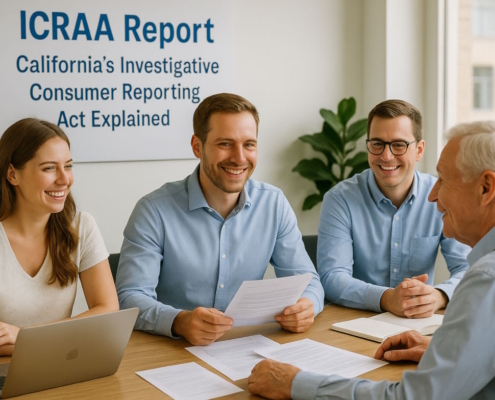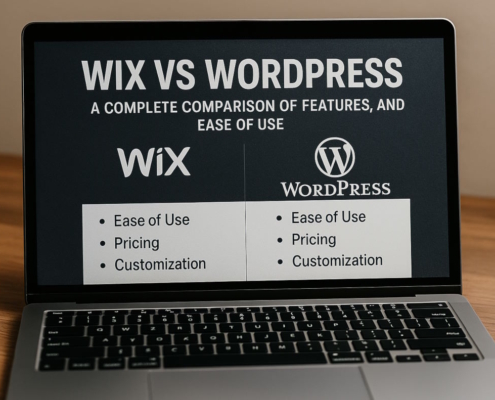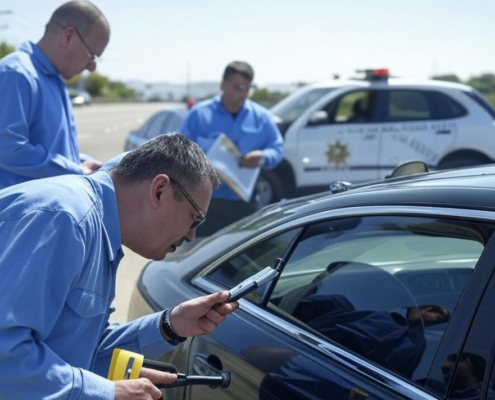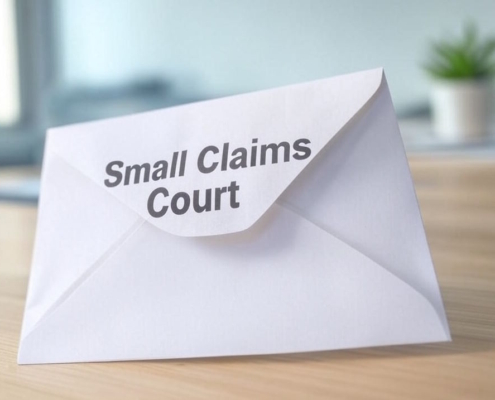Is it legal to view lolicon in the United States?
Let’s delve into the complex and frequently misunderstood subject of lolicon. If you’re a fan of Japanese comic books, you might be familiar with this term. What does it really mean, though? Lolicon, an abbreviation for “Lolita Complex,” is a subgenre of Japanese animation and manga that features sexually suggestive or romantic depictions of young girls. It originates from the well-known novel Lolita written by Vladimir Nabokov, which tells the story of an older man who develops an unhealthy emotional attachment to a young girl.
Similarly, shotacon is the masculine form that describes adults who are sexually attracted to boys under the age of 18. Now, in Japan, this type of content is both legal and widely used. On the other hand, things get trickier in the US due to the fact that it overlaps with laws regarding child pornography.
The History and Origin of Lolicon
In 1956, artists from Japan started creating anime. Art movements and fanfiction sprang up in the 1970s capitalizing on the inherent erotica in popular manga, which featured young, curvy characters with large, innocent eyes. Also popular during this time were racy spoofs of classic children’s tales like Alice in Wonderland and Little Red Riding Hood.
Lolicon experienced an uncontrolled boom in the 1980s, when it began to attach itself to fantasy plots with erotic themes and spread into mainstream international markets. When it comes to producing provocative anime and manga for adults to read and watch, Japan has never been short on creators. The subgenre progressed by drawing on popular children’s shows and themes while injecting them with explicit sexual content and adult themes.
Present-day Japanese society
Despite the outward rejection of lolicon and shotacon by contemporary Japanese society, the country’s major entertainment industry frequently celebrates loli-culture. It gives the impression of being woven into the fabric of Japanese popular culture while also fraying the edges of that fabric.
The most popular animated films and television shows, as well as the best-selling comic books of manga and anime, feature loli elements. There is a deluge of sexually explicit content in Japanese science fiction and fantasy. Girl groups, consisting of young, pretty girls dressed in schoolgirl uniforms or cartoonish costumes, have been a constant in Japanese pop music since the 1990s.
Effects on the United States
From the cyberpunk of Akira to the fantasy of Castle in the Sky and the action of Dragon Ball Z, the United States became a voracious consumer of anime and manga styles in the 1980s and 1990s. Racy lolicon outlets flooded the new market as a result of the mainstream acceptance of anime and manga. An anime character named moé inspired a new style of animation. This style combines elements of lolicon with popular media. The plots subtly address the developing sexuality of preteens and teenagers rather than openly offering pornographic or obscene images.
Question of Morality
Where and when obscene content becomes illegal in the US and other societies is a question that has sparked the decency debate, which has persisted to this day. Some people think of it as a form of art that the Constitution protects. Some people think it should be considered pedophilia and punished accordingly.
The Legal Aspects of Lolicon in the U.S.
Does the US government recognize lolicon as a legitimate form of online entertainment? Depending on how it is interpreted in accordance with federal and state laws, the legal status of lolicon can vary. First, we will go over federal law. An important law in this area is the PROTECT Act of 2003. The purpose of its creation was to ban pornography and the exploitation of children.
This statute defines “child pornography” as any sexually explicit representation of a child, regardless of medium (virtual or animated). To ascertain whether the material is vulgar, the legal system employs a procedure known as the Miller test. The purpose of this evaluation is to determine if the content is seriously lacking in artistic, literary, political, or scientific merit. If so, it may constitute the criminally sanctioned practice of child pornography.
State law may vary. For instance, Massachusetts law is identical to federal law. If an anime or manga depicts an obscene image of a minor or if the images do not have any significant value, then it is illegal to possess the loli. If the anime or manga was acquired by mail, sent via the internet or a common carrier, moved across state lines, or if its distribution or sale is intended, then this is also illegal.
Someone is considered to have the intent to distribute if they produce or own a large quantity of loli. Possession or distribution of obscene lolicon that is classified as child pornography is punishable by harsh laws at the federal level. While specific state laws may impose slightly different penalties, the general principles are the same in both federal and most state statutes.
Lolicon and State Laws
Yet there’s more. Looking at state laws further complicates the legal situation. The laws and interpretations of lolicon vary from one state to the next. For instance, while California does have stringent child pornography laws, they do not specifically address lolicon. The California Penal Code defines “child pornography” as any material that shows children in sexually explicit settings. The courts, however, have decided that this statute only applies to actual children and not to cartoons.
Because of this, lolicon finds itself in a legal limbo. Federal law allows for prosecution even if California state law does not make it illegal. But other states’ laws might be more stringent, making it illegal to possess or distribute lolicon regardless of whether actual children are involved or not. The lack of uniformity from one state to the next makes it hard to say whether lolicon is legal in the US.
Lolicon Penalties in the U.S.
Having established that lolicon is illegal in the US, let’s move on to discussing the possible consequences. Depending on the specifics, the consequences might be quite harsh: For a first conviction, the penalties for possession include a fine of $1,000 to $10,000 and/or a maximum sentence of five years in state prison. Not included here are the substantial individual and societal consequences, such as a sex offender label.
There may be fines of ten to fifty thousand dollars, or three times the monetary gain, for a first-time distribution charge. There might also be between 10 to 20 years in prison. The most serious punishments are reserved for those who create or make lolicon content that is regarded as child pornography. A first time offender would be looking at a fine of ten to fifty thousand dollars, as well as between ten to twenty years in prison.
They could even face life in prison depending on the specifics of the case. In Massachusetts law, child pornography is classified as material involving anyone under the age of 18. This is regardless of whether the material is sound recordings, film, photographs, magazines, drawings, or digital images. Importantly, it is considered illegal even when the content does not involve real minors. The problem lies in the fact that the material shows minors in sexual situations. Considering the harsh penalties that offenders face, lolicon remains a risky and controversial area of American law.
Legal attitudes in the U.S.
As discussed above, the laws that can be applied to lolicon involve harsh penalties. You may wonder why that is when no real children are involved in the content. The seriousness of the consequences comes down to the fact that such material can send the wrong messages to users. The courts and lawmakers worry that lolicon can lead to minors becoming sexualized in society, encouraging illegal behavior. The characters may be fictional, but experts say that the material can still have an effect on behaviors and attitudes in the real world.
A more nuanced approach to child exploitation has resulted in changes to US legislation. To better emphasize the exploitative and abusive nature of such content, terms such as Child Sexual Abuse Material (CSAM) have replaced “child pornography” in certain legal contexts. This change in language reflects a more comprehensive realization of the dangers posed by even digital representations of underage girls in sexual situations.
It is critical to be aware of the legal risks involved if you are involved with lolicon in the US in any way. The repercussions go well beyond legal issues and can have a profound impact on one’s life. It is crucial to seek the advice of a seasoned attorney familiar with this intricate field of law if you ever find yourself confronted with lolicon-related charges. Now let’s shift gears to another crucial point: it’s not enough to know the law; one must also acknowledge the far-reaching consequences of such material.
The possible harm and messages it conveys about minors cannot be disregarded, even though some claim that it is only fiction and does not involve actual children. Because of this, the laws and punishments in the US are extremely harsh. It is critical that you seek legal counsel immediately if you are involved in any legal issues involving lolicon. Not only are these laws hard to understand, they can also have serious, life-changing repercussions.































